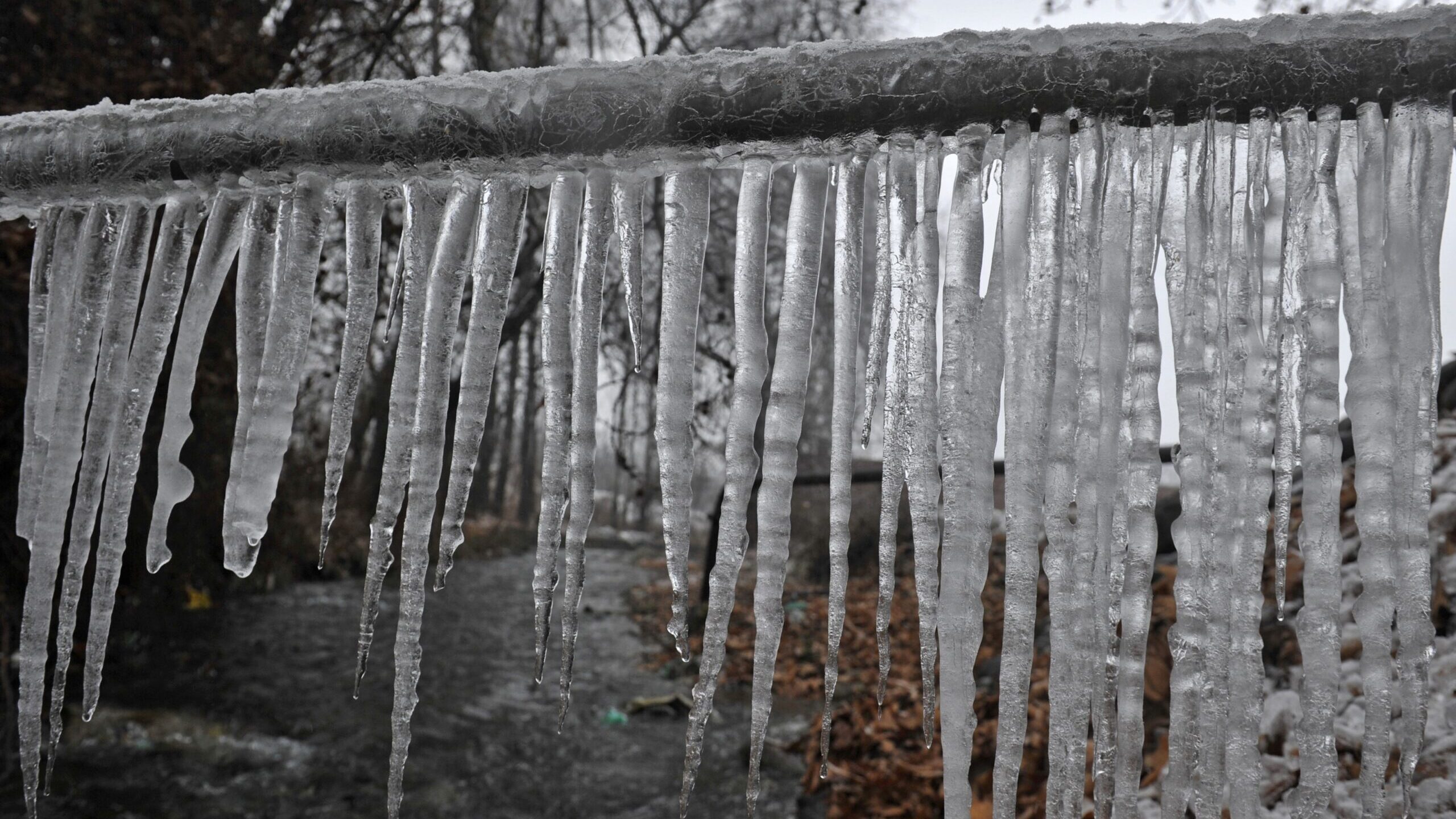Avoiding Frozen Pipes: Effective Tips for Winter
Avoiding Frozen Pipes: Effective Tips for Winter
Blog Article
Everybody is bound to have their personal way of thinking in relation to 6 Ways to Prevent Frozen Pipes.

Winter can ruin your plumbing, particularly by freezing pipelines. Below's just how to stop it from happening and what to do if it does.
Intro
As temperature levels decrease, the risk of frozen pipelines rises, potentially resulting in costly repair work and water damages. Comprehending how to stop icy pipes is crucial for home owners in chilly environments.
Comprehending Frozen Pipes
What creates pipes to ice up?
Pipes ice up when exposed to temperature levels below 32 ° F (0 ° C) for prolonged durations. As water inside the pipes ices up, it increases, putting pressure on the pipeline walls and potentially creating them to burst.
Risks and problems
Icy pipes can result in water system disturbances, property damages, and costly repair services. Ruptured pipelines can flooding homes and create considerable architectural damage.
Indications of Frozen Pipeline
Determining frozen pipes early can prevent them from bursting.
Just how to recognize icy pipelines
Try to find reduced water flow from taps, uncommon smells or noises from pipes, and noticeable frost on subjected pipes.
Avoidance Tips
Shielding susceptible pipes
Cover pipes in insulation sleeves or make use of warm tape to protect them from freezing temperature levels. Focus on pipes in unheated or exterior areas of the home.
Heating techniques
Keep interior areas adequately heated, especially locations with pipes. Open up closet doors to enable warm air to circulate around pipes under sinks.
Protecting Exterior Pipes
Garden hose pipes and outdoor taps
Detach and drain yard tubes before winter. Mount frost-proof faucets or cover outdoor taps with protected caps.
What to Do If Your Pipes Freeze
Immediate actions to take
If you suspect frozen pipes, maintain faucets open up to eliminate stress as the ice melts. Make use of a hairdryer or towels taken in warm water to thaw pipes gradually.
Long-Term Solutions
Architectural adjustments
Think about rerouting pipelines far from outside walls or unheated areas. Include additional insulation to attics, cellars, and crawl spaces.
Updating insulation
Invest in top quality insulation for pipelines, attics, and walls. Correct insulation assists maintain regular temperatures and lowers the danger of icy pipes.
Verdict
Avoiding icy pipes needs aggressive steps and fast responses. By comprehending the reasons, signs, and preventive measures, home owners can protect their plumbing throughout winter.
5 Ways to Prevent Frozen Pipes
Drain Outdoor Faucets and Disconnect Hoses
First, close the shut-off valve that controls the flow of water in the pipe to your outdoor faucet. Then, head outside to disconnect and drain your hose and open the outdoor faucet to allow the water to completely drain out of the line. Turn off the faucet when done. Finally, head back to the shut-off valve and drain the remaining water inside the pipe into a bucket or container. Additionally, if you have a home irrigation system, you should consider hiring an expert to clear the system of water each year.
Insulate Pipes
One of the best and most cost-effective methods for preventing frozen water pipes is to wrap your pipes with insulation. This is especially important for areas in your home that aren’t exposed to heat, such as an attic. We suggest using foam sleeves, which can typically be found at your local hardware store.
Keep Heat Running at 65
Your pipes are located inside your walls, and the temperature there is much colder than the rest of the house. To prevent your pipes from freezing, The Insurance Information Institute suggests that you keep your home heated to at least 65 degrees, even when traveling. You may want to invest in smart devices that can keep an eye on the temperature in your home while you’re away.
Leave Water Dripping
Moving water — even a small trickle — can prevent ice from forming inside your pipes. When freezing temps are imminent, start a drip of water from all faucets that serve exposed pipes. Leaving a few faucets running will also help relieve pressure inside the pipes and help prevent a rupture if the water inside freezes.
Open Cupboard Doors
Warm your kitchen and bathroom pipes by opening cupboards and vanities. You should also leave your interior doors ajar to help warm air circulate evenly throughout your home.

As a passionate reader about How To Avoid Freezing Pipes, I think sharing that chunk was appropriate. Feel free to pause to share this page if you appreciated it. Thanks a lot for taking the time to read it.
Schedule Service Now Report this page